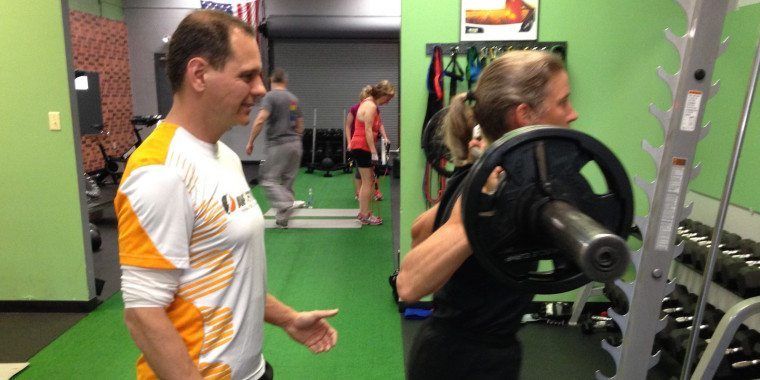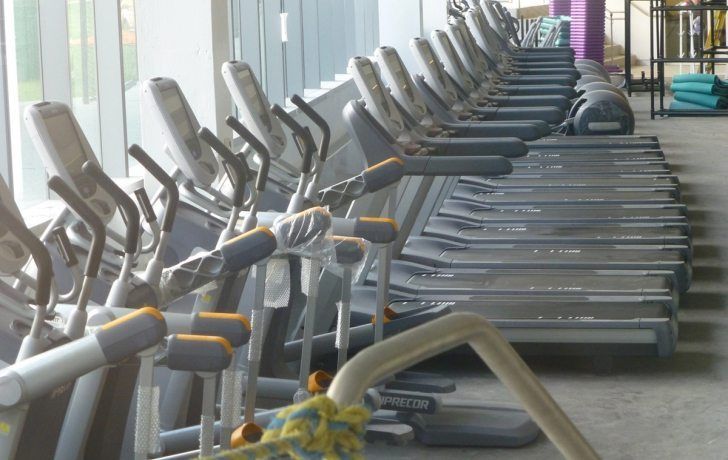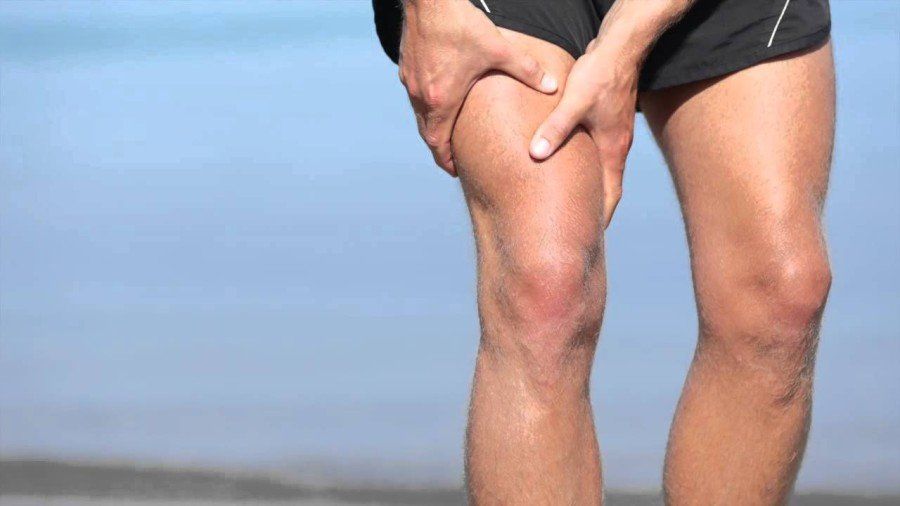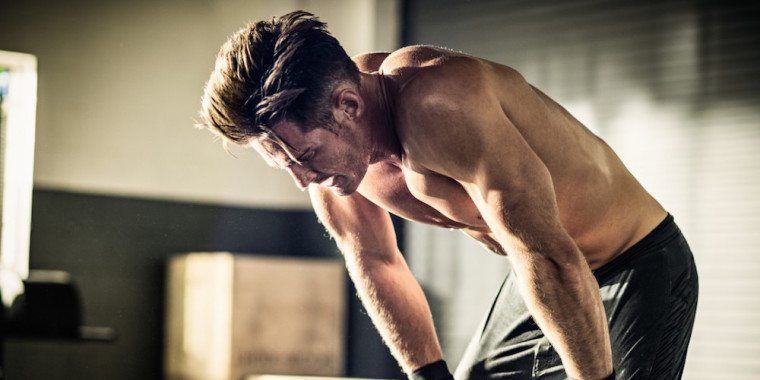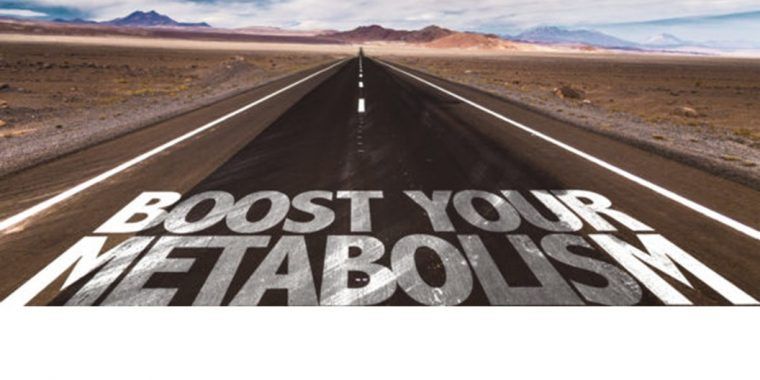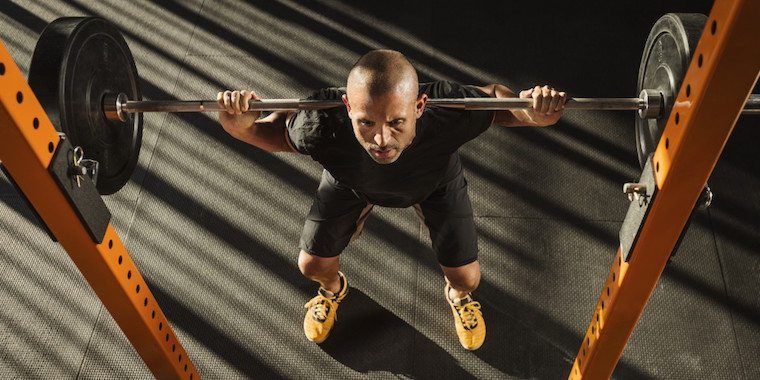Squats are a favorite of many gym goers for one simple reason: they work.
Not only are squats valuable to building a strong lower body, they also provide a variety of additional benefits:
Core strength: Squats are typically loaded from top to bottom — meaning you begin from a standing position and squat down — so your core has to work hard to ensure that you maintain an upright posture.
Improved flexibility: By moving your body through a full range of motion during a squat you will build strength while also increasing your flexibility as a squat improves your range of motion in the entire hip complex.
Reducing future injuries: Squats build your glutes, hamstrings and quad muscles, giving support to your knees and hips and reducing your chance of injury when running, jumping or performing most daily activities.
How to Do a Common Squat Exercise
- Stand with your feet hip width apart.
- Tighten and pull in your abdominal muscles.
- Lower your body as if you were going to sit in a chair. Keep the motion slow.
- Stop when your legs are parallel to the floor.
- Stay in this position for a few seconds.
- Now press down onto your heels and slowly rise back up to a standing position.
- Repeat the exercise for a total of 2 to 3 sets of 8 to 12 reps.
- Be sure to rest for 60 to 90 seconds between sets.
Once you become comfortable with performing a basic squat, you can increase the difficulty by adding dumbbells at shoulder level or use a barbell across your shoulders. You can also use one dumbbell by holding it in front of you with both hands while performing what is known as a goblin squat.
Remember to focus on maintaining a proper form when using weights. Be sure to keep your knees aligned with your feet and don’t squat beyond the point where your thighs are parallel to the floor.
Additional tips
If you find yourself having trouble performing a proper squat because of flexibility issues, you may want to consider adding some yoga moves.
According to zusayoga.com, squats force the hip flexors into deep flexion, which is why hip tightness can limit the depth of your squat, forcing you to drop your chest and lose a neutral spine position.
Your ankles can also limit the effectiveness of your squat depending on how far your ankle can bend upwards toward the shin (know as a dorsiflex). The less mobile your ankle joint is, the more your body will need to lean forward as you lower into your squat, to counterbalance the hips moving backwards.
The following five poses target the muscles and connective tissues of the hip, knee and ankle to help increase mobility and flexibility for your squat.
Fixed firm pose: Not only does this pose help to speed up recovery between squat sessions, it also opens up the quads and improves that all important knee and ankle flexibility.
Toe stand: Yoga’s answer to the pistol squat, the toe stand, strengthens and improves mobility in the hips, knees and ankles. It’s a deep stretch for the abductors, outer hips and glutes, engaging all the proprioceptive muscles in your legs and core.
Standing separate leg stretching pose: This pose increases flexibility of the pelvis, ankles, hip and the last five vertebrae of the spine. Perfect for improving squat mobility.
Tree pose: This pose’s gentle posture-correcting properties and ankle, knee and hip stretch transfer surprisingly well to the barbell.
Awkward pose: This pose may live up to its name, but it will give your ankles, feet, toes, pelvis and shins a lovely squat-enhancing stretch.
To learn more about the benefits of squats, or to take your free fitness test drive, call AMP Fitness at 216-831-3674 or email us at
info@ampfitness.com.
